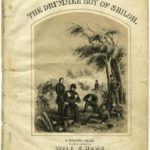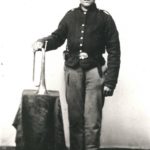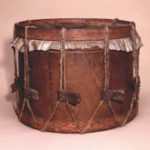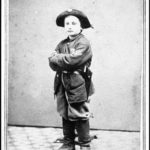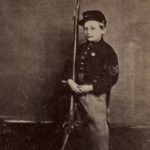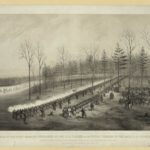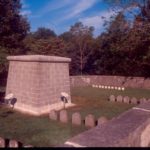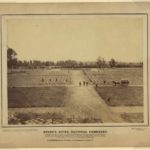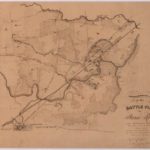Sylvester Winchester

"Idon’t believe we can have an army without music,” exclaimed Confederate General Robert E. Lee after hearing a military brass band in 1864.1 Brass bands playing patriotic tunes inspired young men to enlist for both the North and South. Regimental bands regularly performed for dress parades, military formations, and entertainment.
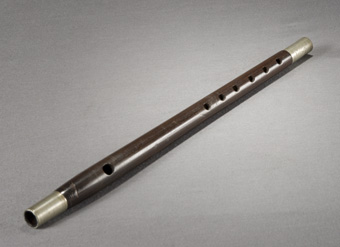
Sylvester Nelson Winchester’s Wooden Fife with Silver Metal Tips. Stones River National Battlefield.
View Object Details
Both Union and Confederate armies recruited thousands of musicians. Fife, bugle, and drum were essential to military life. Tunes told soldiers when to eat, rest, and sleep. They were awakened in the morning by drum or bugle and marched to the cadence of drum and fife. On the battlefield, field musicians played a critical role in communicating commands to the troops and encouraging soldiers to keep fighting.2
Many musicians, especially drummers, were young boys, but Sylvester Nelson Winchester stands out because he enlisted late in life, at age 52. He had a wife and seven children and owned two farms when he joined the 41st Ohio Infantry Regiment in 1861. As field musician, he regulated daily activities for his regiment, provided entertainment, and perhaps summoned them to fight. During his short army service, he saw action at the battles of Shiloh and Perryville before he was killed December 31, 1862, at the Battle of Stones River in Murfreesboro. His fife eventually made it back to his family in Bedford, Ohio.3 Today it can be seen in the interpretive center at Stones River National Battlefield.
— Lucinda Cockrell, Center for Popular Music, Middle Tennessee State University
1 Walter Clark, ed., North Carolina Regiments, 1861-1865 (Raleigh, N.C.: 1901), vol. 2, p. 399.
2 Francis Alfred Lord and Arthur Wise, Bands and Drummer Boys of the Civil War (New York, NY:, Da Capo Press, 1966), p. 184-204; Kenneth E. Olson,Music and Musket: Band and Bandsmen of the American Civil War (Westport, CT: Greenwood Press, 1981), pp. 200-216.
3 To find more information on Sylvester Nelson Winchester: 1850 United States Census, Bedford, Cuyahoga, Ohio; 1860 United States Census, Bedford, Cuyahoga, Ohio; U.S. Civil War Soldier Records and Profiles.
Featured Music
“Reveille.” The Civil War Music Collector’s Edition. Performer, Sandy Hook Fife and Drum. Time-Life Music, 1991. CD.
Further Reading
- E. Lawrence Abel. Singing the New Nation: How Music Shaped the Confederacy, 1861-1865 (Mechanicsburg, PA: Stackpole Books, 2000)
- H. Cornelius. American History Through Music: Music of the Civil War Era (Westport, CT: Greenwood Press, 2004)
- Bruce C. Kelley and Mark A. Snell, ed. Bugle Resounding: Music and Musicians of the Civil War Era (Columbia, Mo.: University of Missouri Press, 2004)



